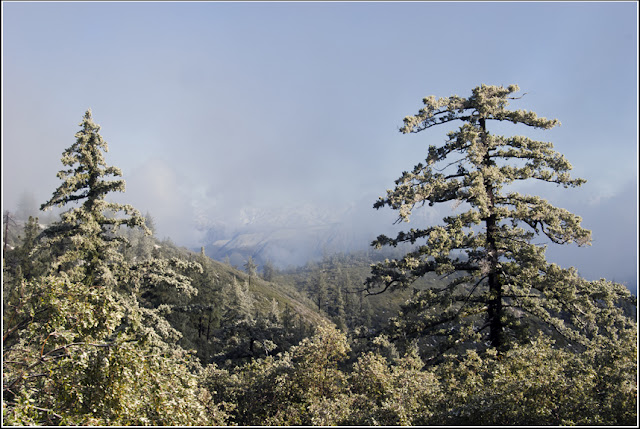February 21 and 22, 2011 - San Diego and the Salton Sea
February 23, 2011 - Phoenix, Tucson, the Santa Cruz flats and Madera Canyon
February 24, 2011 - Madera Canyon, Patagonia, and the San Rafael Grasslands
February 25, 2011 - Cave Creek Canyon, Barfoot Canyon, drive to Ventura, CA
February 26, 2011 - Kern and Santa Barbara Counties, CA
February 27, 2011 - Santa Cruz Island
February 28, 2011 - Los Angeles, flight home
February 27
The next morning we headed on down to the Ventura docks once again, hoping that this time, the trip was a go. The morning was cool and sunny with a light wind, and shortly after we received confirmation that the trip was on! While waiting for the boarding call, we checked out the rocky shoreline and turned up several shorebirds.
 |
| Surfbird |
 |
| Sanderling (back) and Black Turnstone (front) |
 |
| a medley of rockpipers |
Soon upon arrival on the island, Matt and I were quick to turn up a few herps like this fence lizard, Sceloporus occidentalis. I believe that this is the subspecies becki, which is endemic to the Channel Islands.
 |
| Sceloporus occidentalis becki |
A little farther up the path we found a few Western Side-blotched Lizards (Uta stansburniana elegans).
The main reason why we added Santa Cruz Island to the itinerary was for a certain jay, however. The Island Scrub Jay is endemic to Santa Cruz Island with there being no evidence that it was ever found on any of the other channel islands. Despite its small geographical range, there are an estimated 9000 birds on the island, so we had high hopes of coming across one.
We didn't see one. I think we actually saw 15 or so! They were indeed common, and their vocalizations could be heard regularly. This species is a brighter blue with a larger bill and overall body size than the mainland Western Scrub-Jays.
The Channel Islands (like most islands) have a fair bit of rarity potential. This was evident with the Yellow-bellied Sapsucker that the other three found while I was chasing jays! I never did catch up with the sapsucker.
Matt spend some time flipping rocks, and he was lucky enough to turn up some of these Jerusalem Crickets. Cool.
I was excited to see both species of Santa Cruz's endemic salamanders. This one is Batrachoseps nigriventis.
The day was beginning to get long in the tooth and it would soon be time to board the boat to take us back to the mainland. While waiting around at the docks, we saw a pair of Black Oystercatchers just hanging out.
We did some tide-pooling as well.
Adult Western Gull - a common species on the coast, and one I tried to familiarize myself with for that fateful day when I discover one in Ontario (one can dream)
I was finally able to get a decent alcid shot on the boat trip back to the mainland, due to the slightly calmer conditions. This is a Common Murre.
It was on this boat trip that we witnessed one of the greatest wildlife spectacles we had ever seen. A large dark spot way up ahead turned out to be a group of several thousand Common Dolphins. As we approached, they quickly surrounded the boat! In all directions, the swirling mass of dolphins extended far out in the distance.
Some of the dolphins swam right up along the side of the boat. If you tried, you probably could have touched them. Awesome!!!
They were so quick that it was tough to focus on them with my camera. I found that the best strategy was to simply take lots of photos in anticipation that some dolphins would appear in the frame. I was moderately successful and finally caught one in mid air.
Eventually the dolphins continued on, leaving us behind. For the rest of the boat trip, nothing we saw was even remotely as interesting as the dolphin experience.
Though, these water wolves were pretty cool.
 |
| California Sea Lions - Santa Barbara channel |
 |
| California Sea Lions - Santa Barbara channel |
This was our last full day of the trip. The next post will cover our final morning in L.A. before our flight, as well as a trip list.













































